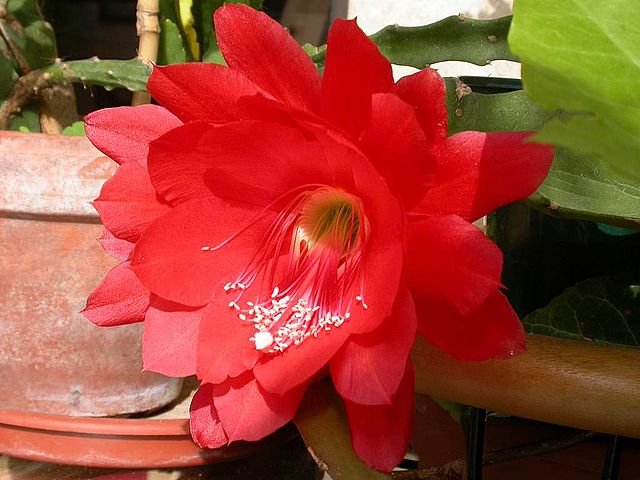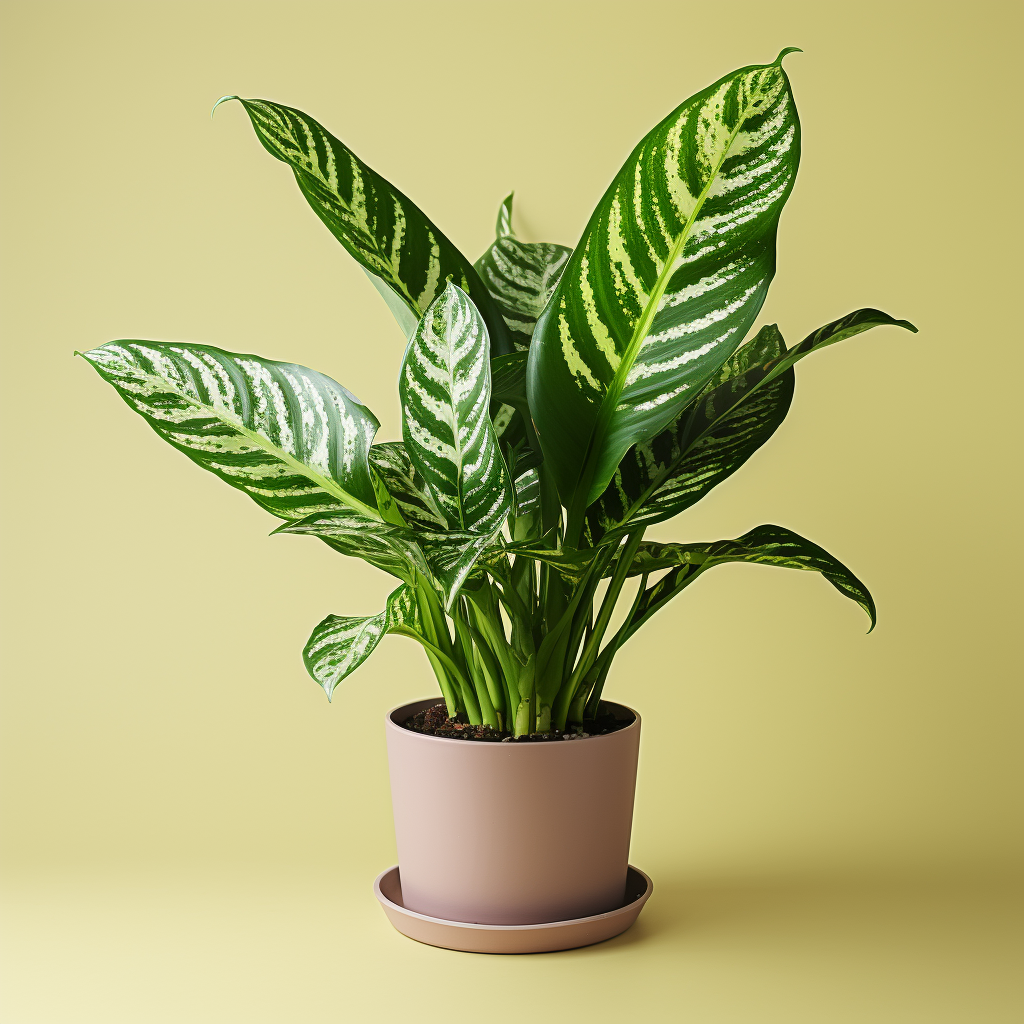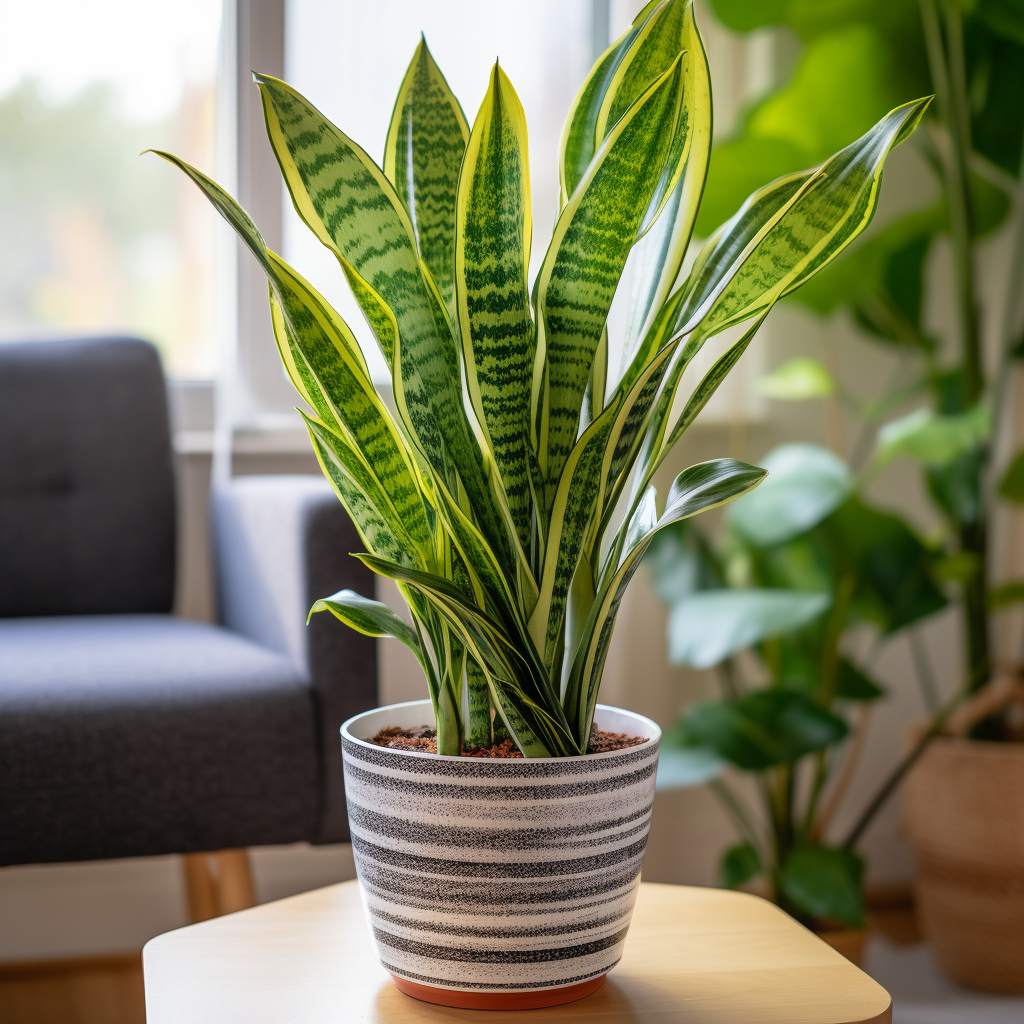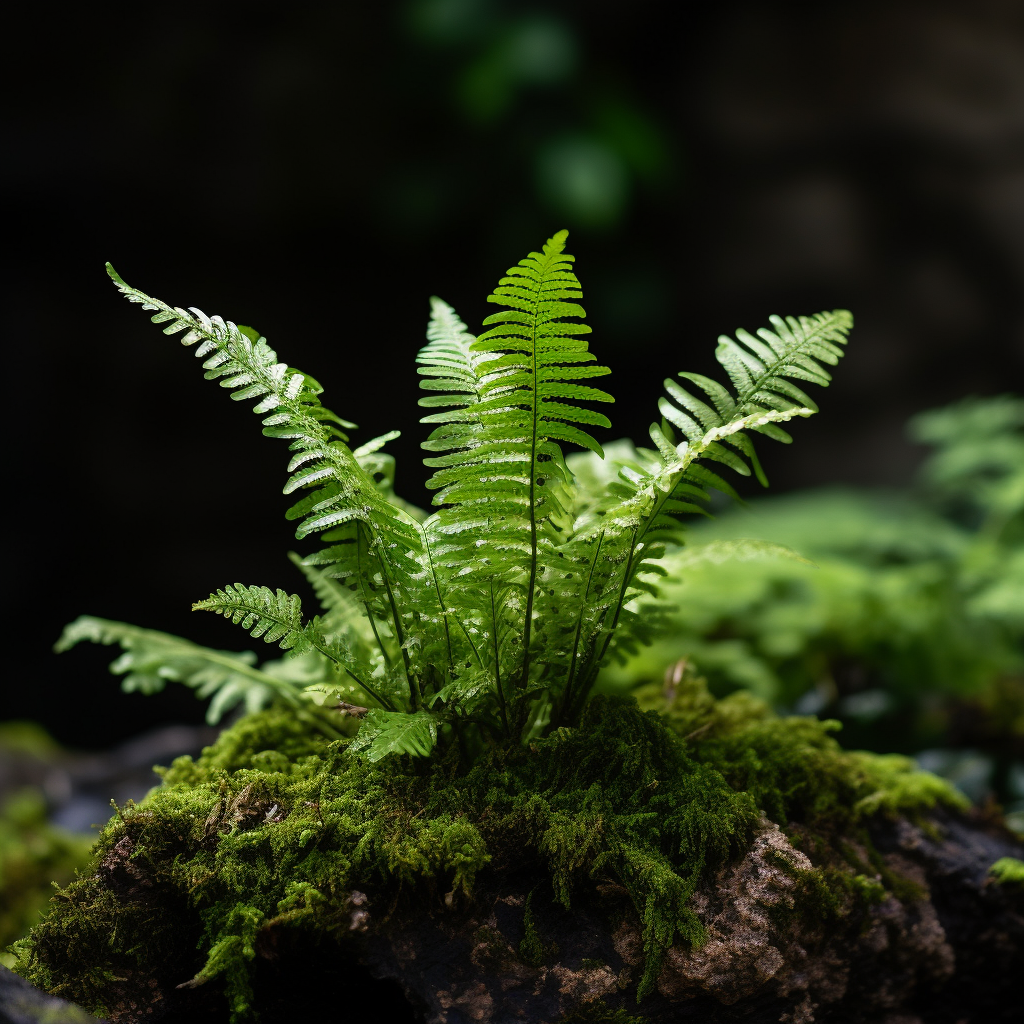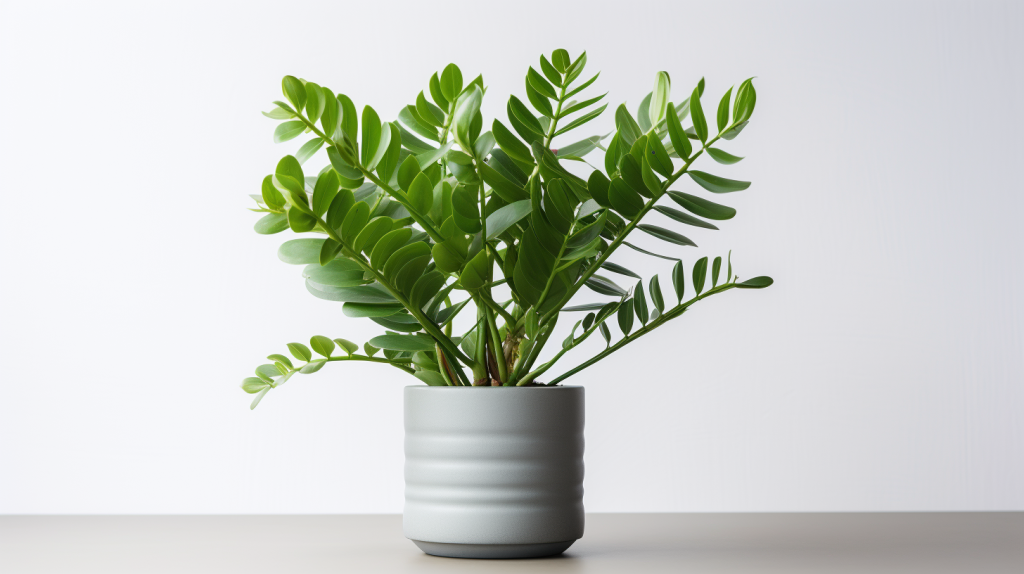Welcome to the world of the Orchid Cactus Disocactus Ackermannii, a botanical wonder that brings a dash of vibrant color and visual splendor to our gardens.
Originally native to the rainforests of Mexico, this spectacular plant is popularly known as the Orchid Cactus due to the stunning orchid-like blossoms it produces. The Disocactus Ackermannii is a unique, epiphytic species with trailing, branching stems that can extend to a staggering length of up to 1 meter.
Once spring and early summer arrive, these stems burst into a carnival of radiant red flowers, transforming the plant into an irresistible magnet for admiring gazes.
Facts about Orchid Cactus
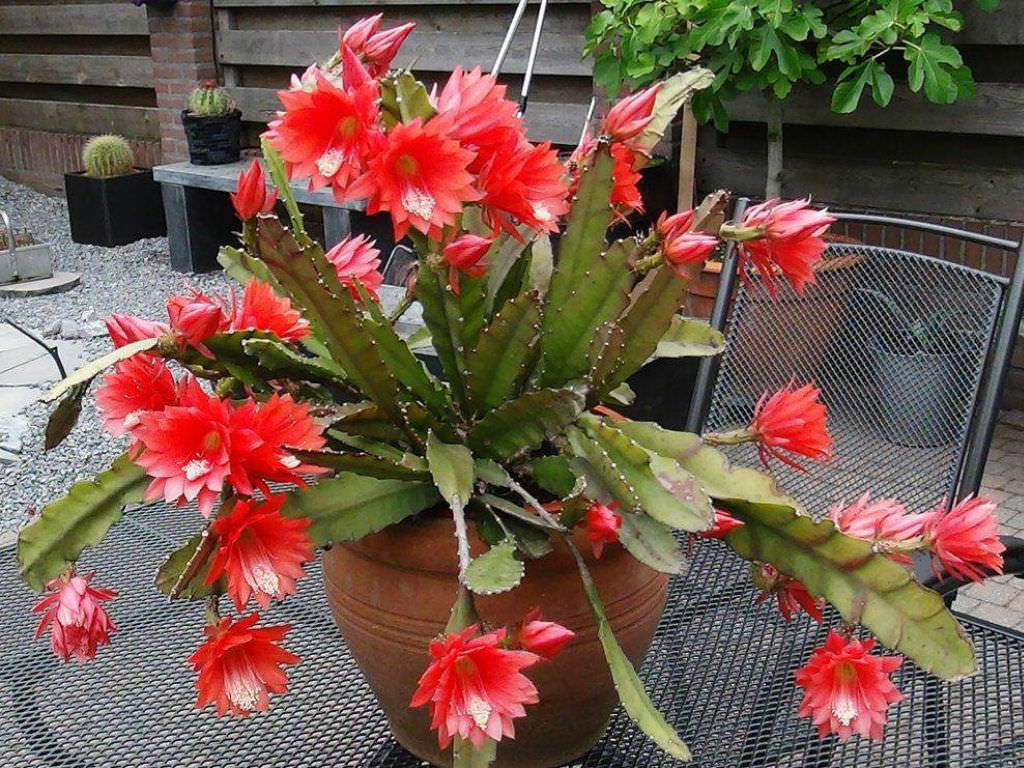
Now that we’ve introduced our vibrant star of the desert, let’s dive into some fascinating facts about the Orchid Cactus. Firstly, this isn’t your average cactus. In fact, despite its common name, the Orchid Cactus isn’t technically an orchid or a cactus! Rather, it proudly resides within the diverse and fascinating Cactaceae family, which incorporates around 2,000 known species, each with its unique charm.
One of the most remarkable features of the Orchid Cactus is its striking adaptability. Originating from tropical environments, this plant proves its mettle by demonstrating versatility in different settings. Whether you live in a cool temperate zone or a hot tropical area, the Orchid Cactus can thrive both indoors and outdoors, provided it receives the care it requires.
Orchid Cactus Care
Caring for an Orchid Cactus might seem daunting initially, given its exotic origins and stunning appearance. However, you’ll be pleasantly surprised to discover how uncomplicated it is. Let’s look at some care tips.
The Orchid Cactus is quite the sun-lover, basking in bright light. However, this doesn’t imply it requires direct, scorching sunlight. Instead, the plant prefers bright, indirect light that won’t cause leaf burns. As for watering, while the Orchid Cactus appreciates a good drink, it doesn’t enjoy sitting in waterlogged soil. Ensure the soil is dry between watering sessions to prevent root rot.
In terms of atmosphere, this cactus loves a humid environment, mirroring its rainforest origins. Regular misting helps to maintain the perfect humidity levels that this plant craves. Additionally, feeding your Orchid Cactus with a balanced houseplant fertilizer during the growing season will promote healthy growth and stunning flowers.
Potential Problems of Orchid Cactus
Like any other plant, the Orchid Cactus can encounter a few potential issues. Overwatering is a common problem, which can lead to root rot. To avoid this, ensure your plant is potted in well-draining soil and that the water has an exit route.
Pest infestation is another concern. Watch out for common plant pests like mealybugs or aphids. These can be treated with insecticidal soap or neem oil. Yellow or pale leaves might indicate your plant is receiving too much sunlight exposure, so adjusting its location or shading it might help.
Is Orchid Cactus Disocactus Ackermannii Edible?
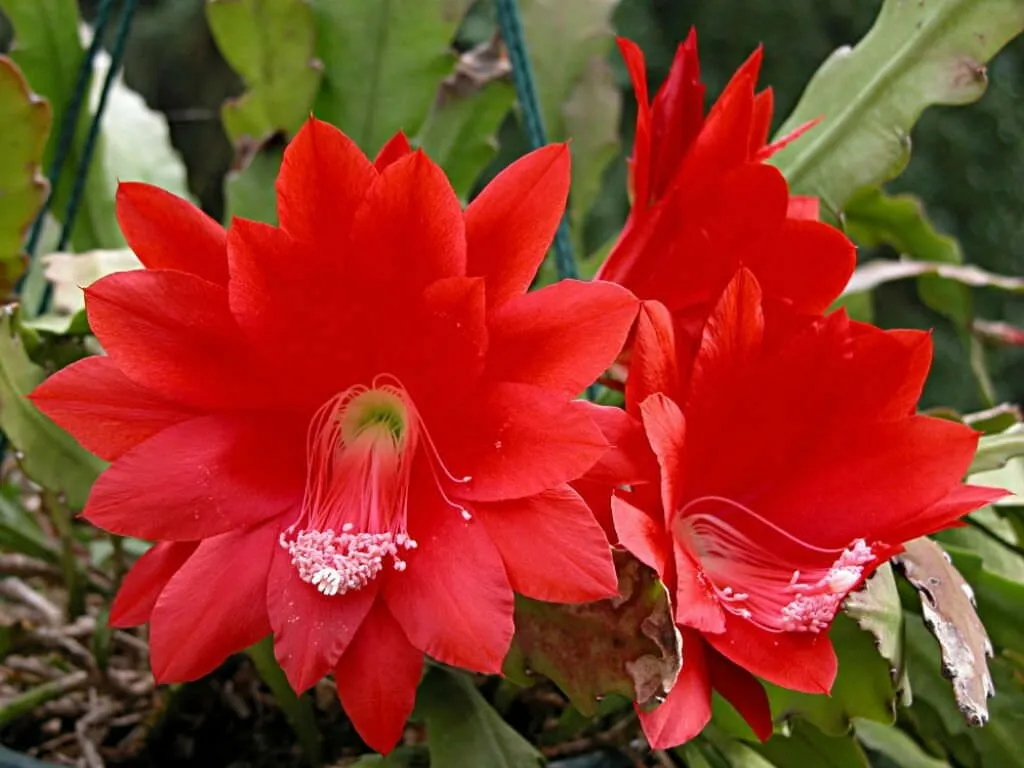
Now, for a somewhat unusual question, but one that might cross the minds of the more culinary-inclined amongst us: Can you eat an Orchid Cactus? Well, as intriguing as that might sound, it turns out you can’t – at least not the Disocactus Ackermannii.
While some species of cacti are known to bear edible fruits, the fruits of the Orchid Cactus are generally small and not considered palatable. Thus, it’s better to feast your eyes on the plant’s visual appeal rather than hope for a tasty treat!
Conclusion
Wrapping it up, the Disocactus Ackermannii, or the Orchid Cactus, is indeed a garden gem that beautifully combines the desert’s resilience with an orchid’s grace. Its stunning blossoms, ease of care, and overall versatility make it an irresistible addition to any plant collection.
So, why not take a leap of faith and add this magnificent plant to your garden or indoor plant family? Its spectacular seasonal display of vibrant blossoms will certainly make it worth your while!
Frequently Asked Questions
Q1: How often should I water my Orchid Cactus?
A1: It’s best to allow the soil to dry out between watering. The frequency will depend on the plant’s environment and size.
Q2: Is the Orchid Cactus safe for pets?
A2: Yes, the Orchid Cactus is generally considered safe for pets. However, it’s always a good idea to prevent your pets from nibbling on any houseplants.
Q3: Can the Orchid Cactus grow in cold climates?
A3: This plant prefers warmer climates but can tolerate cooler temperatures if grown indoors.
Q4: What type of soil is best for the Orchid Cactus?
A4: The Orchid Cactus prefers a well-draining soil mix, such as a combination of standard potting soil and perlite or sand.
Q5: How do I propagate the Orchid Cactus?
A5: The Orchid Cactus can be propagated from stem cuttings. Cut a piece of the stem, allow it to dry for a few days, and then plant it in soil.
References
- “Flora of North America” (www.efloras.org) is a collaborative database that provides information about the taxonomy and distribution of plant species in North America, including various cacti species.
- “World Flora Online” (www.worldfloraonline.org) is a large database maintained by a consortium of reputable botanical institutions, which provides comprehensive taxonomic information on a wide variety of plant species worldwide.
- “The Plant List” (www.theplantlist.org) is a working list of all known plant species. It provides access to data compiled by hundreds of contributors around the world.

